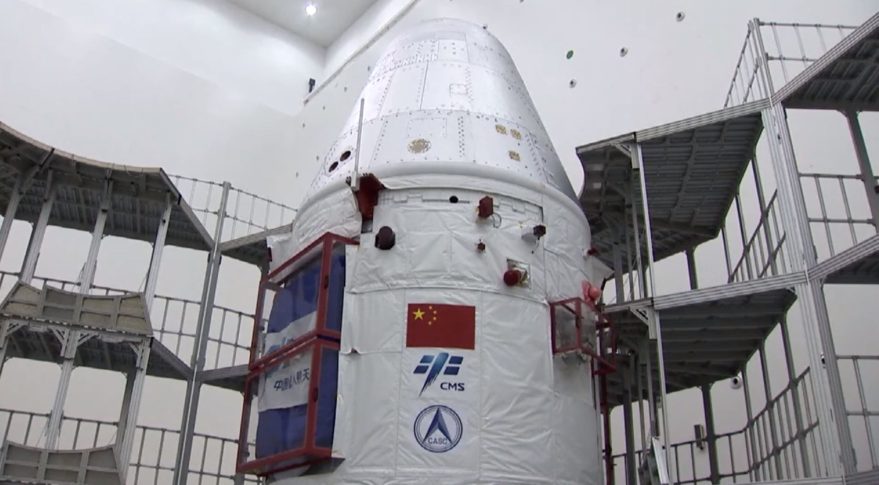If you and me can sensed the danger, they would had knew that all along and dealt with it already.I'm surprised they haven't scrubbed spaceport activities due to COVID-19. Seems like this gaggle of observers and engineers is ripe for a potential outbreak.
You are using an out of date browser. It may not display this or other websites correctly.
You should upgrade or use an alternative browser.
You should upgrade or use an alternative browser.
China's Space Program News Thread
- Thread starter crazyinsane105
- Start date
- Status
- Not open for further replies.
Still under investigation.Hmmm first attempt to use CZ-7A for GTO delivery. While it's a newish rocket, only a 2:3 success rate is still not promising and it doesn't seem to be a high performance rocket in any way unlike CZ-5. Failure after 2 hours of flight. Something to do with the payload or payload delivery perhaps? Upper stage separations? It is a modification on the standard CZ-7 though. An oversight somewhere in the newer modifications maybe. Doubt we'll hear much about the nature of the issue.
China’s new crewed spacecraft is getting ready for launch
Not clear from the video if the planned April launch will have human crew in it or just empty spacecraft for testing only.
No crew, it's the first test flight for Long March-5B and the spacecraftNot clear from the video if the planned April launch will have human crew in it or just empty spacecraft for testing only.
antiterror13
Brigadier
A Long March-2C launch vehicle launched a new group of three Yaogan-30 remote sensing satellites from the Xichang Satellite Launch Center, Sichuan Province, southwest China, on 24 March 2020, at 03:43 UTC (11:43 local time).
According to official sources, the satellites have entered the planned orbits. The satellite group will work as a constellation for electromagnetic environment detection and related technological tests.
I think it will surely be an unmanned test only.
Sounds like it:

The primary goal of the mission is proving the Long March 5B for launching 20-metric-ton modules of China’s space station to low Earth orbit.
The prototype will carry extra propellant. This will provide a better analogue to the space station modules in terms of mass. It will also allow testing in a higher orbit.
The two-module, 8.8-meter-long, 21.6-ton spacecraft will use its own propulsion to raise its orbit to an apogee of around 8,000 kilometers. The subsequent high-speed reentry will test new heat shielding.
Avionics, performance in orbit, parachute deployment, a cushioned airbag landing, recovery will be tested. Planned partial reusability—by replacing the heat shielding—will also be trialed.
The as-yet-unnamed spacecraft will be capable of carrying up to six astronauts, or three astronauts and 500 kilograms of cargo. The Shenzhou can carry three astronauts to LEO and has been used for all six of the country’s crewed missions.
- Status
- Not open for further replies.





